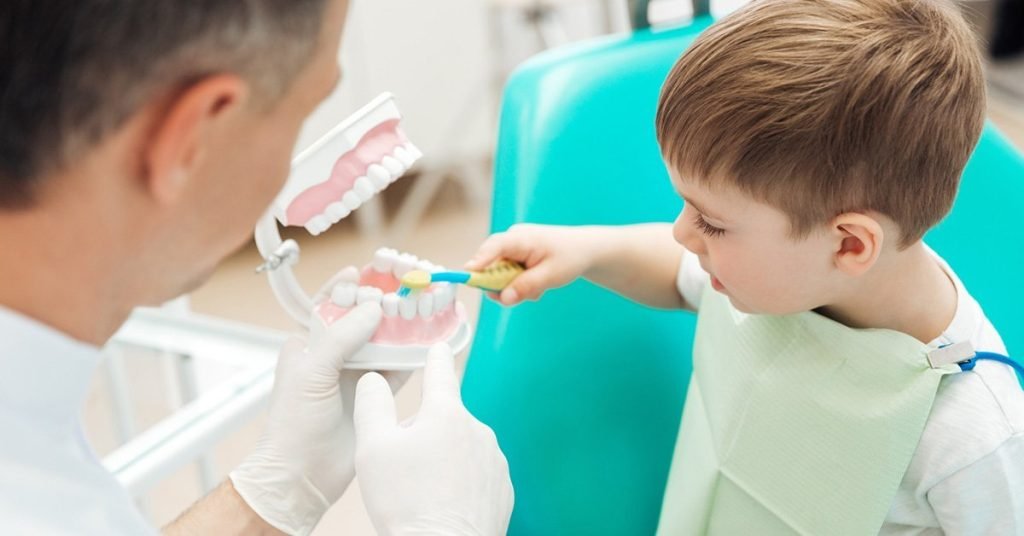Children, infants, and even adults often experience a contagious illness known as HFMD, which should be treated as soon as possible. Hand, foot, and mouth disease is contagious that can affect children and infants. The minor blister-like rash typically resolves on its own in two weeks. Comfort-care options include prescription mouthwash and over-the-counter painkillers. Maintaining proper cleanliness habits keeps others healthy and virus-free. In today’s blog, we’ll discuss this disease in detail along with its symptoms and treatment options.
What are Early Stages of Hand, Foot, and Mouth Disease?
Fever, decreased appetite, a sore throat, and sleepy sensation are frequently the first symptoms of hand, foot, and mouth illness. Painful mouth sores can appear after getting a fever. Herpangina is a spot that typically occurs in the rear of the mouth. These places may develop ulcers and become painful. An itchy skin rash may form on the palms of the hands and soles of the feet at the same time as or shortly after these blisters develop. The rash may spread to the back, tummy, genitalia, buttocks, and arms.
How is Hand, Foot, and Mouth Disease Spread?
HFMD disease is caused by either human enteroviruses or coxsackieviruses. It is commonly found in the digestive tract, including the esophagus, mouth, small intestine, stomach, rectum, large intestine, and anus. The virus is spread from one person to another when a sick person coughs, sneezes, or blows their nose. You can get infected by this disease if you touch your eyes, nose, or mouth after touching something infected with the virus. You can also get it by direct contact with fluid from the nose, skin blisters, throat discharge (including sputum, saliva, or nasal mucus) and faeces.
Hand, Foot, and Mouth Disease Symptoms
Generally, HFMD disease typically appears within 3-7 days after exposure. When the disease starts, you or your child might suffer from a mild fever, runny nose, sore throat, and little appetite. After a few days, these symptoms will disappear and the following new symptoms will appear:
Itching and rashes on the hands, elbows, soles of the feet, butt cheeks, genitals or knees.
Mouth sores
Red blisters in the mouth
Headache
Decreased appetite
How is Hand, Foot, and Mouth Disease Diagnosed?
By looking at the red blisters, HFMD disease can be diagnosed. Usually, the doctor asks you for tests for the virus by taking throat swab samples, samples from stool or blisters and sending them to a lab. If you know that you or your child has been infected by this disease, inform your doctor immediately.
How is Hand, Foot and Mouth Disease Treated?
In simple words, there is no specific hand, foot, and mouth disease treatment because a virus causes this problem, antibiotics won’t work effectively. This problem goes away on its own after 7-10 days. In the meantime, you can follow the following precautions:
To soothe a sore throat, cold treats such as yogurt or smoothies can be used. Avoid consuming soda and juice that have acids that can cause irritation to the sores.
Eat easy-to-swallow foods
Don’t consume spicy or hot foods
Gargle with salt water to get rid of sore throat
Moreover, it is suggested to ask your doctor first if you get HFMD because they can recommend medications to treat this problem.
Frequently Asked Questions (FAQs)
How long until hand, foot, and mouth disease is not contagious?
HFMD disease is caused by viruses. Most commonly, people infected with this disease are contagious during the first week. They can spread the virus to others for days or weeks after symptoms disappear or even if they don’t have any symptoms.
Can adults get hand, foot and mouth disease from a child?
Children under 5 years old can easily get infected with this disease, but this disease is not restricted to this age, and anyone can get affected by this disease. It is contagious but not severe.
What is the quarantine period for hand, foot, and mouth disease?
To prevent the spread of HFMD, the affected person needs to stay home while you or your child have such symptoms. Anyone with this disease needs to feel well for at least 24 hours and have all red blisters treated for quarantine to an end. For most people, it means avoiding contact with other people for at least 7 days.
Is hand, foot, and mouth disease dangerous during pregnancy?
There is no specific reason to be concerned if you get affected by HFMD. But still, you need to avoid exposure to hand, foot, and mouth disease because if you get this disease prior to your delivery, then there are chances that your baby can also be affected with HFMD. Thus, inform your doctor if you get HFMD.
Conclusion
HFMD is a common illness that can be easily transmitted and leave your feet, hands, and mouth covered with red bumps. If you or your child get affected by HFMD, contact your doctor immediately and follow what your doctor prescribes you. Moreover, you can subscribe to Personal Care N Heal to get such information through our blogs.


